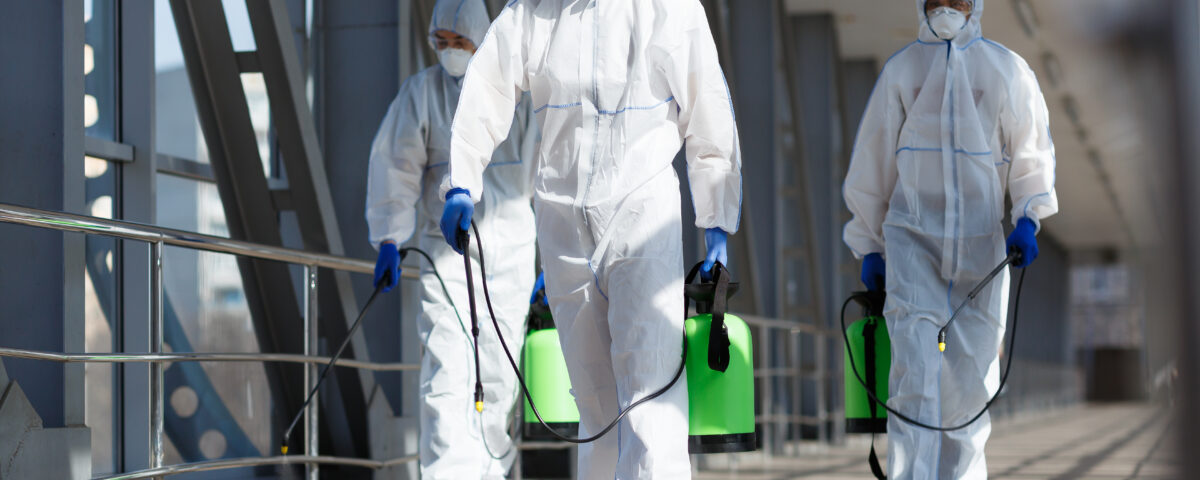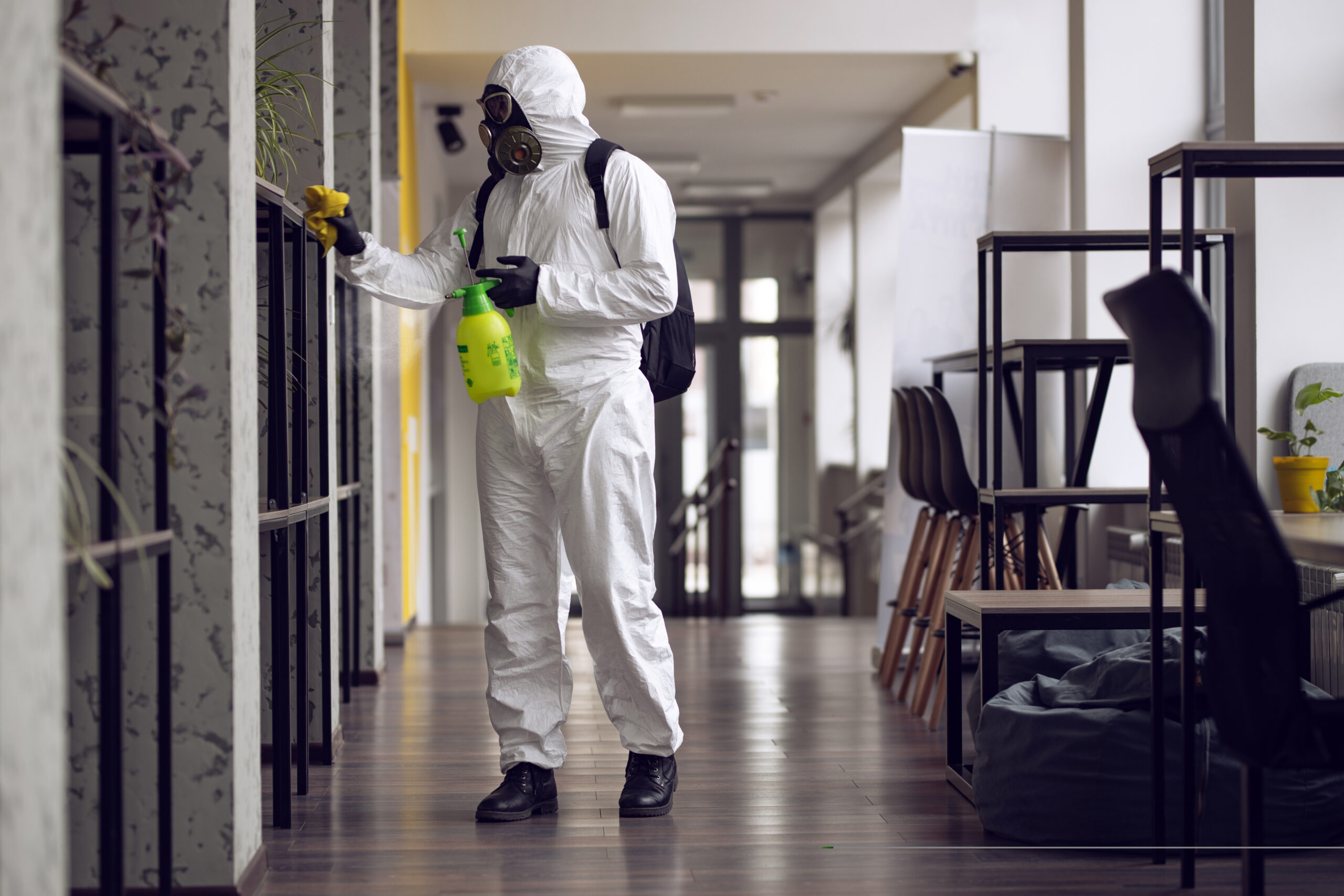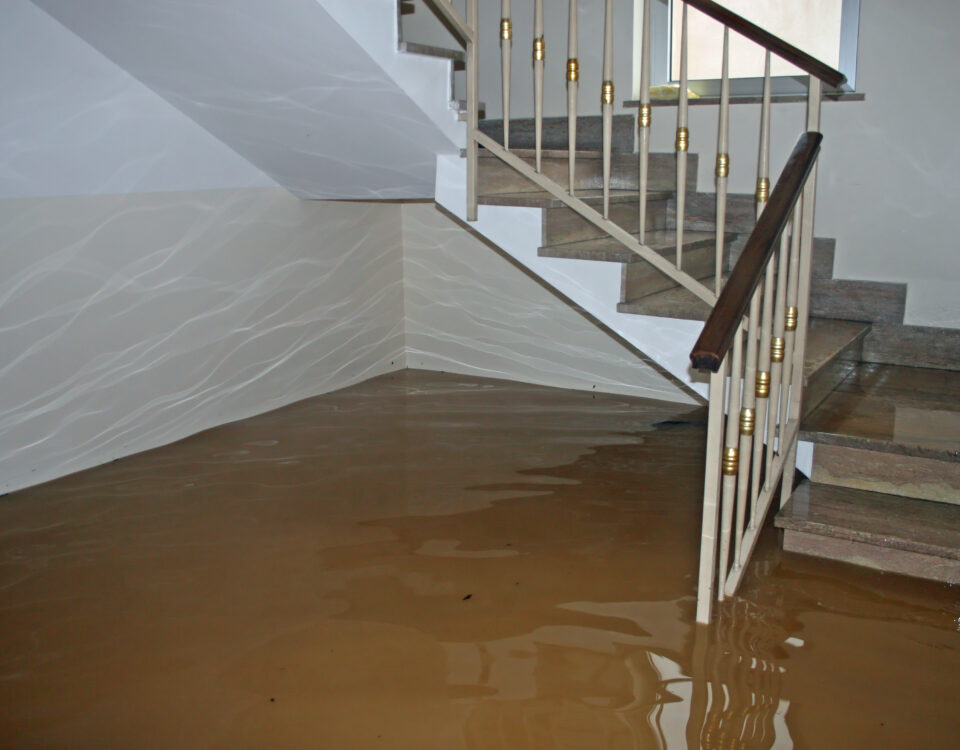
Blastomyces Dermatitidis. What Is It & How Do You Get It?
September 25, 2022
Wine Cellar Mold Prevention & Removal Tips
September 25, 2022The humble garage can serve a lot of purposes beyond simply being a convenient place to park your car. It can also double as a workshop, man cave, and bulk storage space. Though the garage, with its typically poor HVAC system and questionable ventilation, can also become home to a serious mold problem. Especially if your home or garage has recently suffered water damage from a roof leak, gutter problem, or severe storm.
How Does Mold Grow in a Garage?
Mold spores naturally live in the air. When a wide garage door is opened the air that floods in can bring spores inside. If there is moisture and warmth available, these spores can land on porous surfaces to germinate into an active mold colony.
While some mold colonies take time to develop, there are a few vigorous mold strains that can germinate into an active colony in as little as 24 to 48 hours. This is even more likely to be an issue in the warm, humid months of summer, where prime conditions can accelerate mold growth.
Signs Of Mold in a Garage
Signs that one or more colonies have started to develop in your garage can include things like:
- A musty earthy odor
- Discolored splotches on walls
- Discoloration on unsealed woodwork
- Peeling wallpaper
- Drywall that crumbles or peels
- Sneezing and coughing more when you are in the garage
Where Does Mold Grow in a Garage?
Mold likes to grow on porous surfaces where the ambient humidity is high or there is available moisture. It especially likes areas that are dark, moist, and humid. You should note that mold spores can attach themselves to organic matter, including woodwork. It also likes to affect other porous substances like drywall and even some types of grout.
Mold can also develop a colony on a garage ceiling where moisture and warmth are common. Some attached garages and detached garages with heating systems and good insulation can even support mold colonies in the ceiling and attic during the colder months of the year.
Another interesting place where you might find mold in a garage is on a radon pipe. Radon pipes are specially engineered to pull cold air from the ground into the garage where the air is typically warmer. This leads to condensation forming on the exterior of the radon pipe. If your garage has sufficient dust or other particles on the exterior of the pipe, the mold can exploit the surface of the pipe to create an active colony. If your garage has a radon pipe, you need to wipe it down periodically with a cloth to keep it clean and help prevent mold from growing on it.
Mold can also form on cardboard boxes and other porous materials in your garage. Especially if you haven’t reorganized the storage space in your garage. Even a small mold colony can grow exponentially in a garage attic storage area out of sight and out of mind. Right up until there is a problem.
How Dangerous Is Mold in a Garage?
A garage can be a great environment for mold to grow and colonize. As the colony continues to develop it will release an increasing volume of mold spores and irritating mycotoxins. This means that even benign strains of mold can cause respiratory distress, asthma attacks, coughing, sneezing, and flare-ups of respiratory allergies.
It’s also worth bearing in mind that the strain of mold Stachybotrys Chartarum or “Toxic Black Mold” can be somewhat common in garages. Ironically this mold can sometimes have a light color but can also be recognized by the way that it grows as it colonizes. Toxic Black Mold in a garage tends to have a circular growth pattern and often feels sticky to the touch.
Though you shouldn’t attempt to touch it without first putting on proper personal protective equipment. A disturbed Stachybotrys Chartarum colony is prone to release mold spores and dangerous mycotoxins that can affect your health in the short and long term.
Mold Can Damage Your Garage
Of course, it’s not just your health that can be harmed by mold in your garage. Many types of mold can gradually damage wood, drywall, and other porous materials. This can lead to structural issues and problems with dry rot.
Can I Remove Mold From My Garage Myself?
While you might be able to clean away minor mold colonies with consumer-grade cleaning products and hydrogen peroxide, you also put yourself at risk of much larger problems. Especially if the mold in your garage is more severe or from a toxic stain like Stachybotrys Chartarum.
When an active mold colony is disturbed it releases spores into the air, which can affect your health. It can also lead to new colonies developing in other areas of your garage or inside your home. If you are going to attempt to clean up mold in your garage, you need to take the proper safety steps.
This starts with wearing the right personal protection equipment such as:
- Goggles
- Face mask respirator
- Coverall clothing or disposable hazmat suit
- Gloves
You also need to seal off the garage from other parts of your home. This includes securing plastic sheeting over all doors and air vents. Then make sure the garage doors and windows are open for good ventilation while making sure that all house doors and windows remain shut during and after your cleanup attempt.
Cleaning Products for Removing Mold from a Garage
A lot of the cleaning products available to consumers on the retail level aren’t potent enough to properly kill a mold colony. Even bleach struggles to kill the microscopic roots that mold colonies develop into porous materials like wood or drywall. The best option is to use a hydrogen peroxide-based cleaning solution and give it the necessary time to saturate the mold-infested area.
All mold-damaged materials need to be removed away from the home and sealed away to ensure lingering spores won’t spread to the surrounding environment. Ideally, you want to transport mold-damaged materials to the local landfill immediately after you finish cleaning mold from your garage.
Calling in the Professionals
Mold remediation specialists like Affordable Remediation have the training, experience, and access to commercial-grade cleaning products necessary to fully remove mold from a garage. Afterward, we can dispose of all removed material safely, according to all pertinent regulations. We can also provide you with documentation.
Our mold remediation experts can also help you understand how the mold established a presence in your garage. We can also help you implement a mold prevention strategy to keep mold out of your garage for good.
See articles of mold removal




